X
Electric hoists represent their own machinery, strength, and toughness, while the stage is elegant, flowing, and soft, with conflicts and collisions between the two.
Malfunctions in the control electrical appliances, motors, or reducers of stage electric hoists can cause abnormal noise. The location, height, and tone of these noises vary depending on the cause of
Category : W12 Stage Electric Hoist
Get a Quote
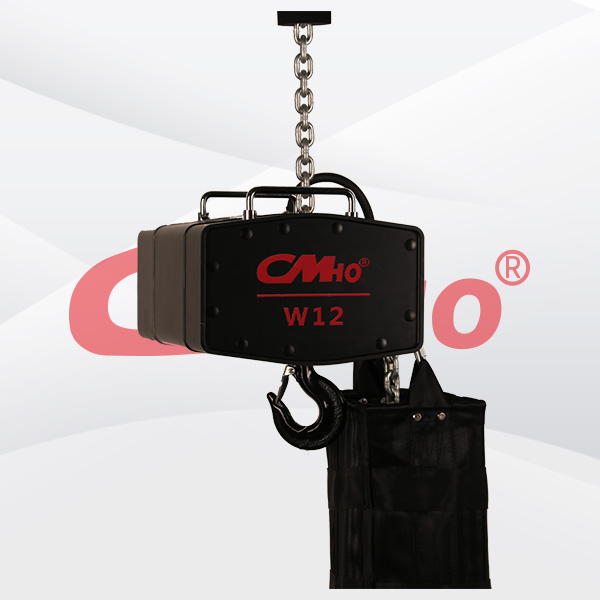
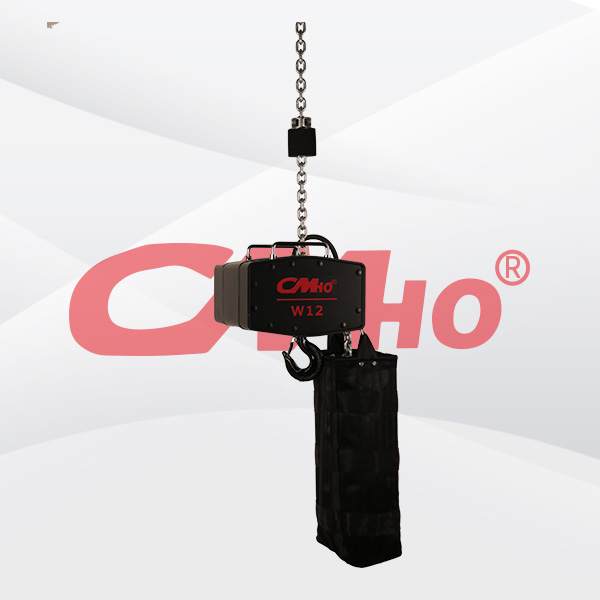






Product Details
Why does the stage electric hoist produce abnormal noise after prolonged use
Malfunctions in the control electrical appliances, motors, or reducers of stage electric hoists can cause abnormal noise. The location, height, and tone of these noises vary depending on the cause of the malfunction. During maintenance, it is important to listen and observe more, and use or determine the location of the noise based on the characteristics of the malfunction to locate and repair the problem.
1. Abnormal noise occurs in the control circuit, emitting a "humming" noise. Generally, it is due to a fault in the contactor (such as poor contact of the AC contactor contacts, voltage level mismatch, magnetic core jamming, etc.). The faulty contactor should be repaired, and if it cannot be repaired, it must be replaced. After treatment, the noise will be eliminated on its own.
2. If the motor makes abnormal noise, it should be stopped immediately to check whether the motor is running in single-phase mode, or if the bearings are damaged, the coupling axis is not aligned, or if there are faults such as "sweeping the chamber". These can cause the motor to make abnormal noises, and the position, height, and type of noise may vary depending on the fault. When running in single-phase mode, the entire motor emits a regular "buzzing" sound that fluctuates in strength and weakness;
When the bearing is damaged, a "buzzing" sound accompanied by a "clack clack clack" will be emitted near the bearing; When the axis of the coupling is not aligned, or when the motor is slightly sweeping the bore, the entire motor emits a very high "buzzing" sound, accompanied by sharp and piercing sounds from time to time.
In short, faults should be identified based on the different levels of noise, and item by item maintenance should be carried out to restore normal motor performance. When motor faults are not resolved, the use of hoists is prohibited.
3. Abnormal noise is emitted from the reducer, and if the reducer malfunctions (such as a lack of lubricating oil in the gearbox or bearings, gear wear or damage, bearing damage, etc.), the machine should be stopped for inspection. Firstly, it is necessary to determine whether the gearbox or bearings of the reducer have been lubricated before use. During use, it is not recommended to replace the lubricating oil regularly. If not lubricated as required, the reducer will not only produce excessive "buzzing" sound, but also excessively wear or damage the gears and bearings.
Some people believe that the reducer can still operate without adding or adding lubricating oil temporarily without serious malfunctions, but this idea is incorrect.
Once, due to workers forgetting to inject lubricating oil into the gearbox of the stage electric hoist, the gearbox made a very loud noise after only one day of trial use. When the gearbox was opened, it was found that the gears were scrapped due to excessive wear and tear.
Damaged reducer bearings, similar to motor bearing failures, can also produce abnormal noises near the bearings.
In order to prevent the expansion of faults, whether the gearbox gears are excessively worn or damaged, or the gearbox bearings are damaged, they need to be immediately disassembled, repaired or replaced to eliminate faults and reduce noise.
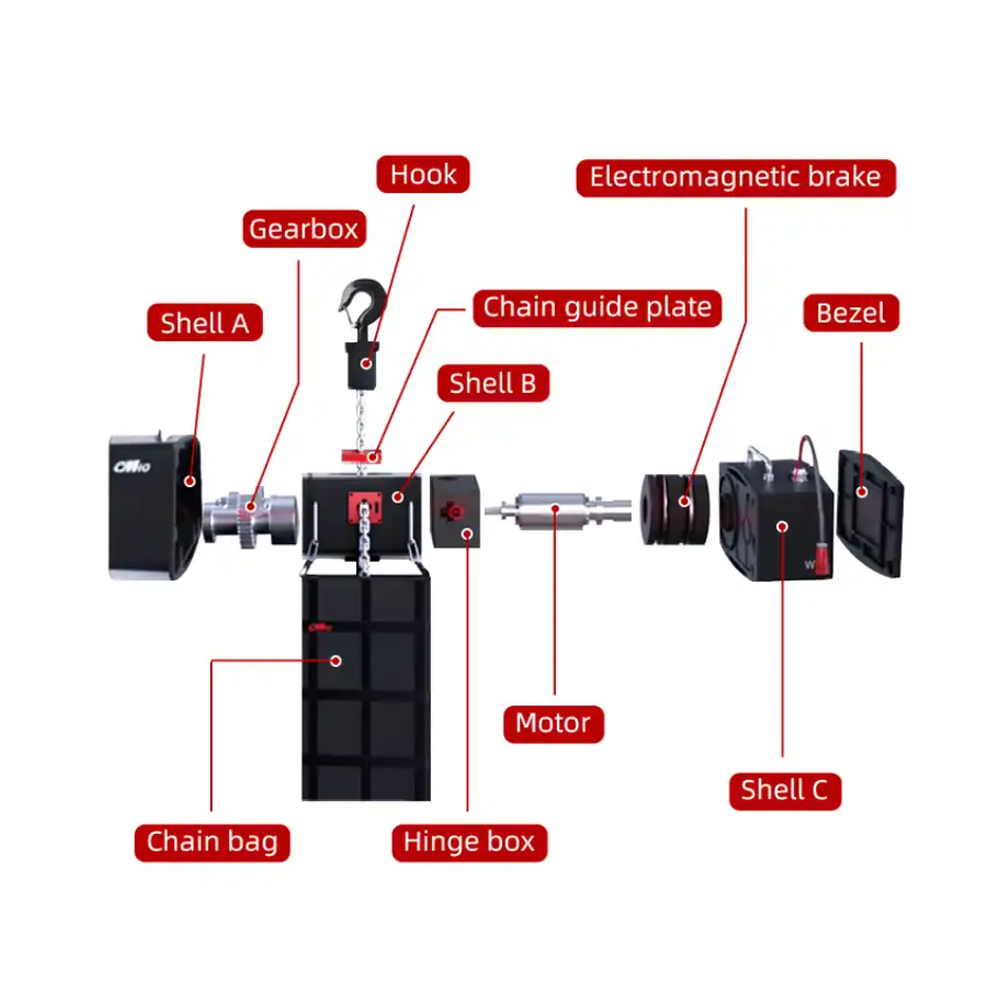
RELATED PRODUCTS .


The polyester black lifting sling also features non-conductivity and no corrosion, ensuring safety and wide applicability. These characteristics make it an efficient and reliable hoisting tool, especi
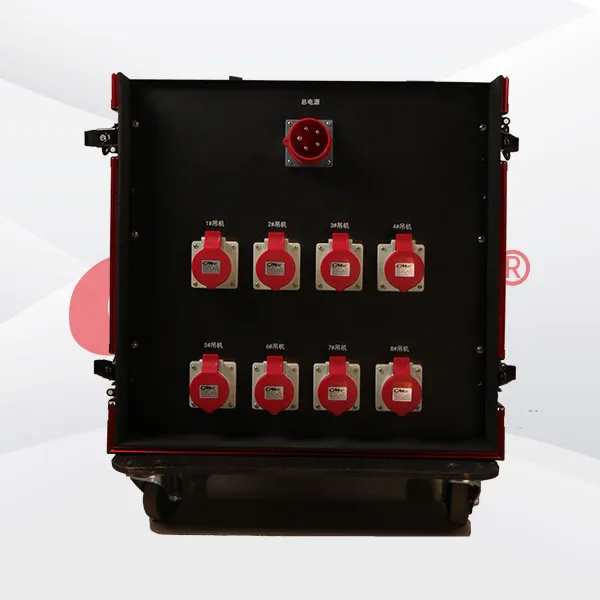
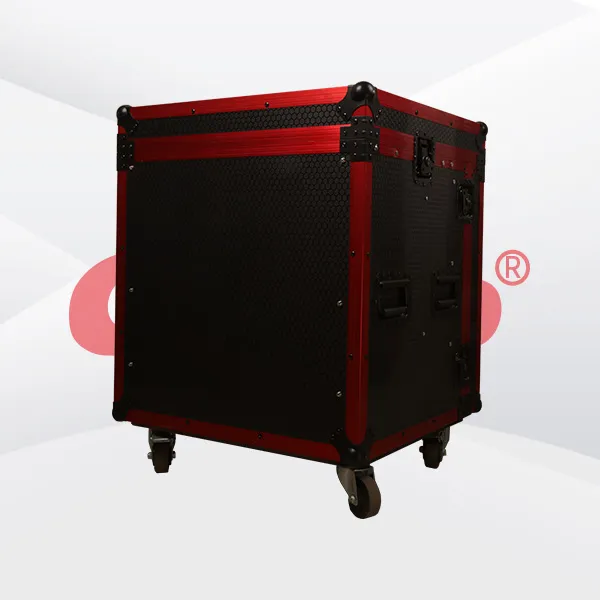
The aircraft case truss hoist controller is suitable for the quick installation and adjustment of stage lighting, sound systems, and other equipment. It performs exceptionally well in enviro
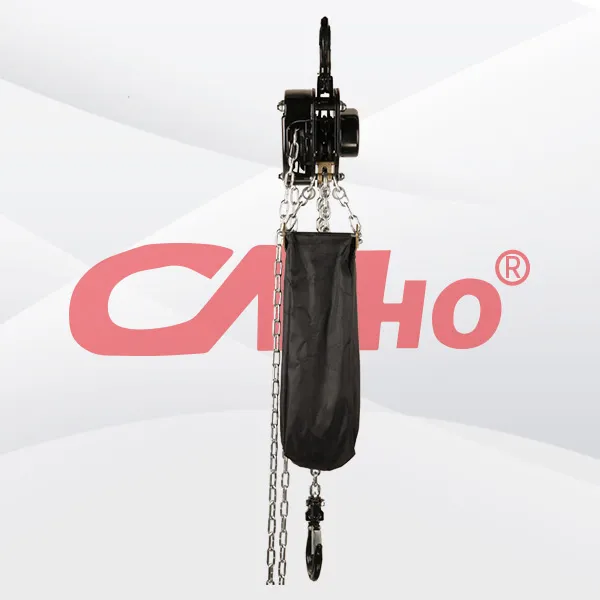
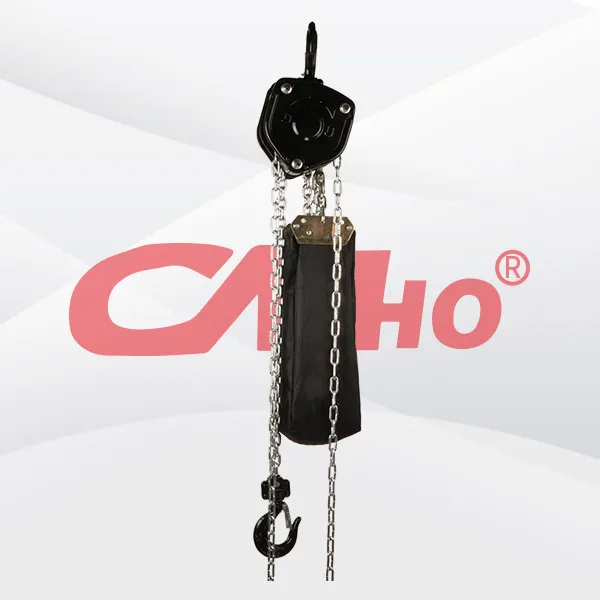
Factory-direct hand-pulled stage hoists are ideal for the quick installation and adjustment of stage lighting, sound systems, and other equipment. They perform exceptionally well in environments witho
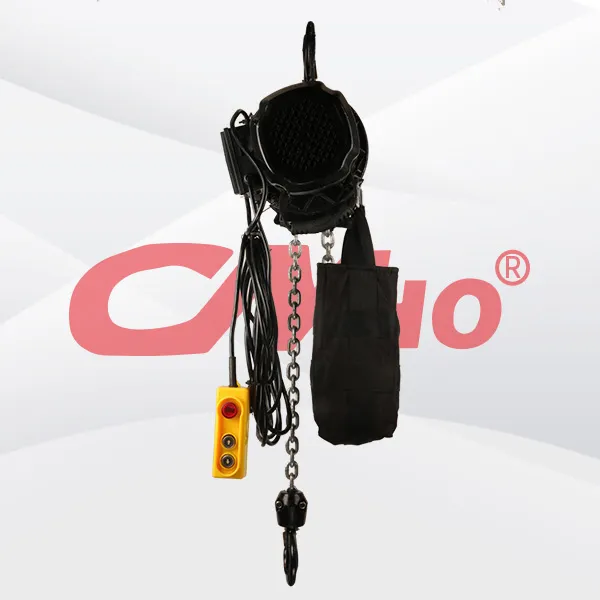

The stage truss motor equipped with a limit switch deeply integrates powerful performance, precise control, and excellent safety. It can not only easily handle the hoisting and accurate positioning of
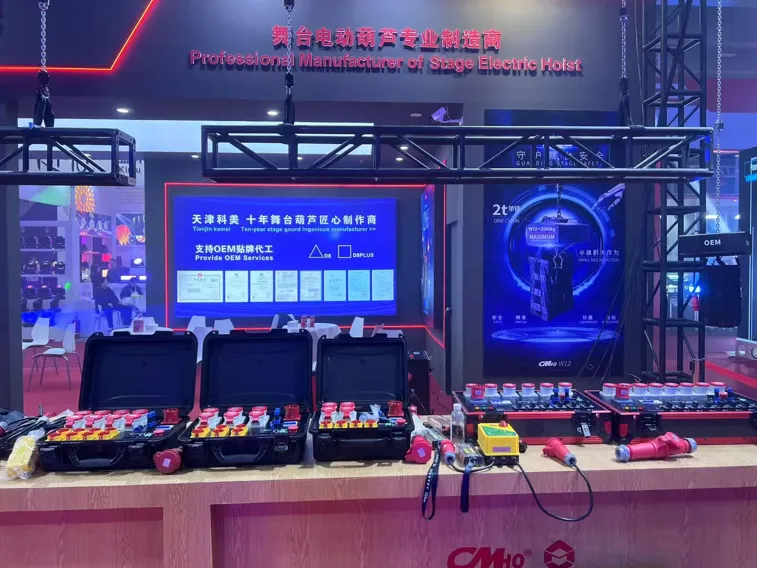
2025-02-28
创始人
0
The participation of Tianjin Kemei in the Guangzho...
Tianjin Kemei made a remarkable and eye-catching appearance at the Guangzhou (International) Performing Arts Equipment, Intelligent Acoustic, Optical and Electrical Products...
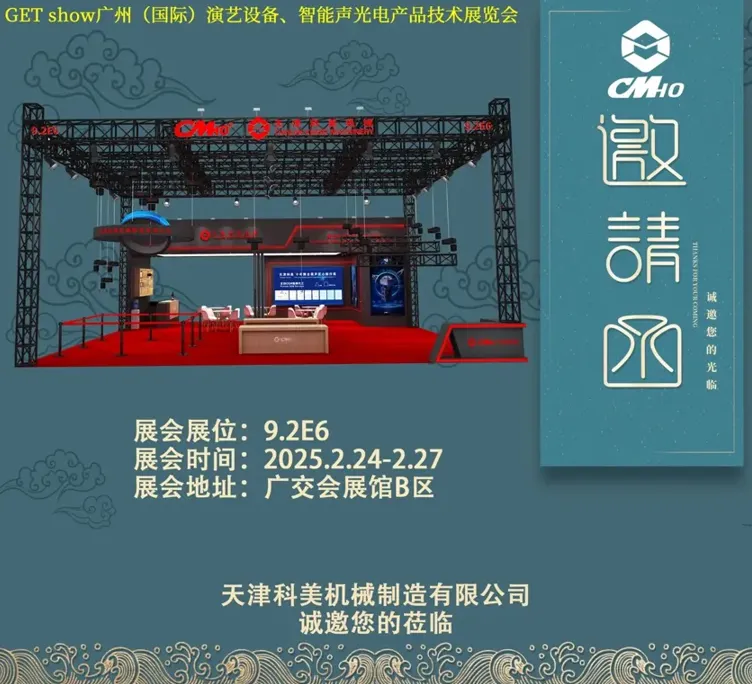
2025-02-27
创始人
0
Guangzhou (International) Performing Arts Equipmen...
In the era of the rapid development of stage lifting equipment and intelligent acousto - optic technology, every industry event serves as a crucial opportunity for innovatio...

2025-02-27
创始人
0
GET show Guangzhou (International) Performing Arts...
Tianjin Kemei Machinery Manufacturing Co., Ltd. has been deeply engaged in the stage equipment manufacturing field for many years and has developed into a modern benchmark e...

2024-09-24
admin
0
Tianjin Kemei Machinery Manufacturing Co., Ltd. Ne...
Tianjin Kemei Machinery Manufacturing Co., Ltd.: New Starting Point, New Journey - New Factory Relocation Record

